-
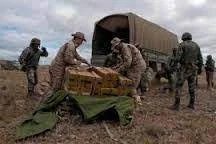 La logística militar se basaba en el aprovisionamiento de elementos y materiales.
La logística militar se basaba en el aprovisionamiento de elementos y materiales. -
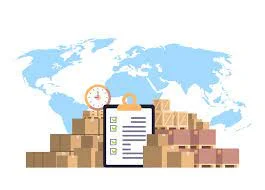 With the business interest derived from the military logistics process, the main characteristics of military logistics come together to later give rise to the term used in industrial production.
With the business interest derived from the military logistics process, the main characteristics of military logistics come together to later give rise to the term used in industrial production. -
 It seeks the optimization of manufacturing costs and the balance in the costs of the other links in the supply chain.
It seeks the optimization of manufacturing costs and the balance in the costs of the other links in the supply chain. -
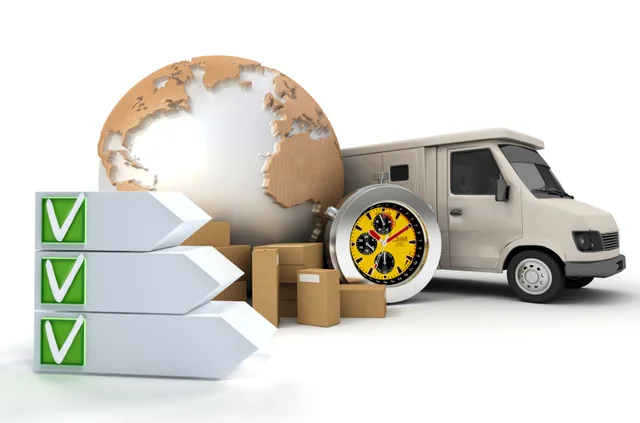 The evolution of logistics begins giving importance to the following characteristics: •Logistics as a by-product: logistics begins to be used as a by-product, focusing interest on transportation management and cost reduction.
The evolution of logistics begins giving importance to the following characteristics: •Logistics as a by-product: logistics begins to be used as a by-product, focusing interest on transportation management and cost reduction.
• Concern for good service to the final consumer increases.
•Increase in production, therefore attention is focused on distribution channels. -
 Taking into account customer demand for a better service, quality and delivery time are improved, allowing companies to position themselves better, achieving a competitive advantage. This new concept is called cost-service balance.
Taking into account customer demand for a better service, quality and delivery time are improved, allowing companies to position themselves better, achieving a competitive advantage. This new concept is called cost-service balance. -
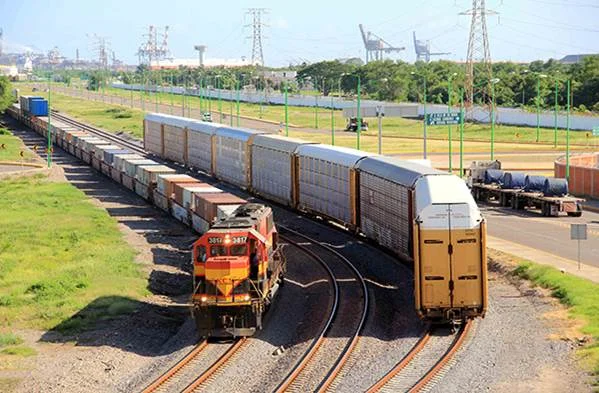 Physical distribution seeks to break geographical barriers with the mass transport of cargo in modes such as rail.
Physical distribution seeks to break geographical barriers with the mass transport of cargo in modes such as rail. -
 Along with the new advances, outsourcing was incorporated, whose main objective was the subcontracting of other companies so that the distributive power could reach all possible places.
Along with the new advances, outsourcing was incorporated, whose main objective was the subcontracting of other companies so that the distributive power could reach all possible places. -
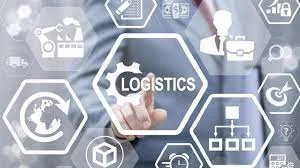 Logistics undergoes a transition when developing the first distribution centers and means of transport. The Council of Supply Chain Management Professionals is born (CSCMP) emerges, defining logistics as part of supply chain management that plans, implements, controls the flow, and effective storage of goods, services, and related information from the point of origin to the point of consumption to satisfy the requirements of the consumers.
Logistics undergoes a transition when developing the first distribution centers and means of transport. The Council of Supply Chain Management Professionals is born (CSCMP) emerges, defining logistics as part of supply chain management that plans, implements, controls the flow, and effective storage of goods, services, and related information from the point of origin to the point of consumption to satisfy the requirements of the consumers. -
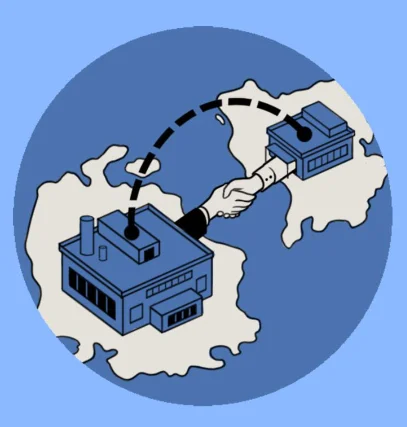 This era was characterized by the outsourcing of organizations not specialized in logistics to hire one that is because its subcontracting represented a lower cost than doing it themselves.
This era was characterized by the outsourcing of organizations not specialized in logistics to hire one that is because its subcontracting represented a lower cost than doing it themselves. -
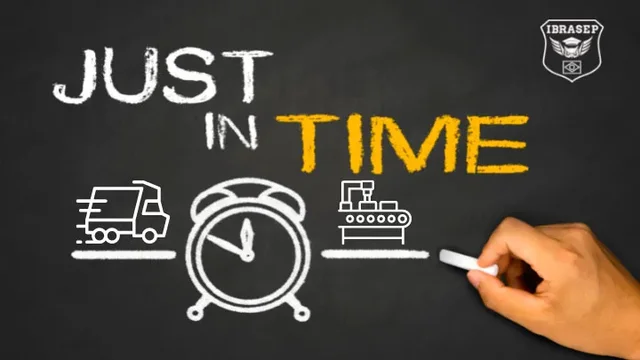 For this period, the outsourcing of the organizations was not enough, the companies needed the concept of just in time to be used in the orders, this means that the exact amount would be delivered, at the exact moment, in the necessary time. It was possible to have a precise control of the amount of materials that were necessary, as well as the optimization of time and resources
For this period, the outsourcing of the organizations was not enough, the companies needed the concept of just in time to be used in the orders, this means that the exact amount would be delivered, at the exact moment, in the necessary time. It was possible to have a precise control of the amount of materials that were necessary, as well as the optimization of time and resources -
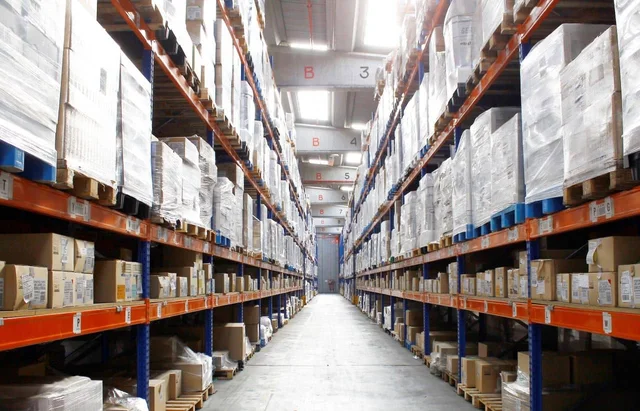
-
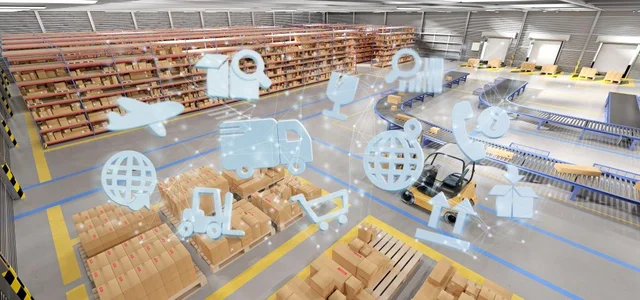 Customer service and delivery times are beginning to be valued more as part of the evolution of logistics, increasing the productivity of plants, better consolidating transport services in coordination with supply, manufacturing and distribution.
Customer service and delivery times are beginning to be valued more as part of the evolution of logistics, increasing the productivity of plants, better consolidating transport services in coordination with supply, manufacturing and distribution. -
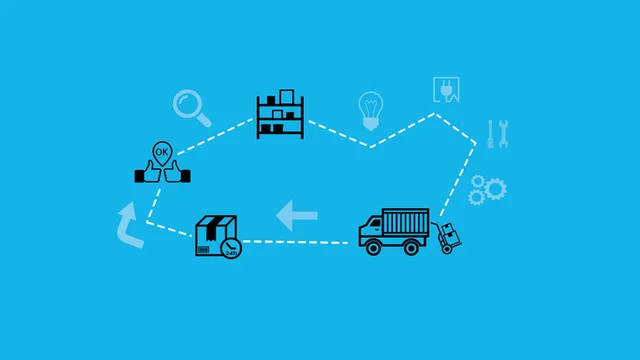 The deadlines for delivery and the management of resources or raw materials, in addition to customer service, began to gain real relevance to this the productivity of the distribution plants was increased and the transportation tasks were correctly rationalized.
The deadlines for delivery and the management of resources or raw materials, in addition to customer service, began to gain real relevance to this the productivity of the distribution plants was increased and the transportation tasks were correctly rationalized. -
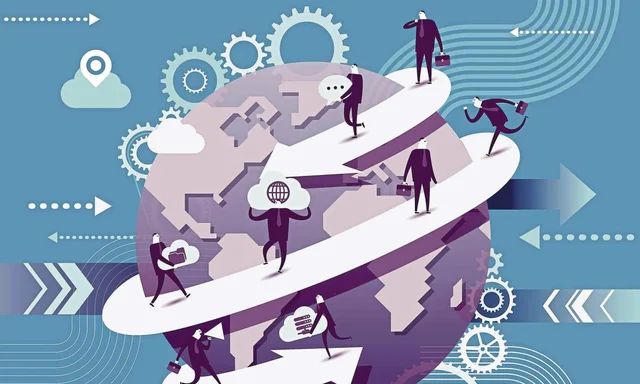 With the appearance of globalization, the increase in international operations led to the integration and control of all operations.
With the appearance of globalization, the increase in international operations led to the integration and control of all operations. -
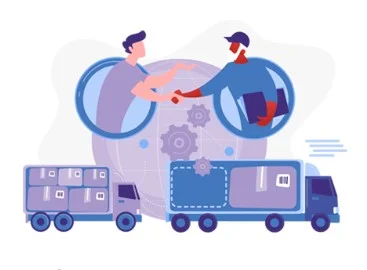 The term JIT evolves to Quick Response (quick response) and Efficient Consumer Response (Efficient response to the customer). QR was born as a response to the needs of the American textile industry in competition with low-cost foreign companies and the ECR was born as a response to the needs of the food industry.
The term JIT evolves to Quick Response (quick response) and Efficient Consumer Response (Efficient response to the customer). QR was born as a response to the needs of the American textile industry in competition with low-cost foreign companies and the ECR was born as a response to the needs of the food industry. -

-
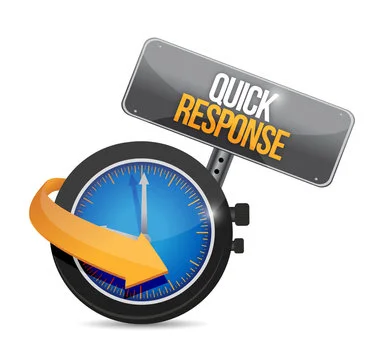 The just-in-time approach that was originally used by companies only for their supply finally reaches the final consumer through exact deliveries when and where they are needed. This concept was called quick response. This strategy was used essentially to eliminate the costs of maintaining sales shelves and increase the diversification offered to the final consumer.
The just-in-time approach that was originally used by companies only for their supply finally reaches the final consumer through exact deliveries when and where they are needed. This concept was called quick response. This strategy was used essentially to eliminate the costs of maintaining sales shelves and increase the diversification offered to the final consumer. -
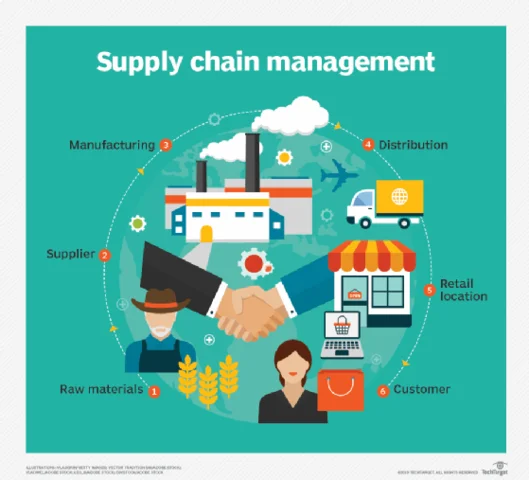 The supply chain is considered for the first time as a network of facilities and distribution for the transformation and commercialization of products with the appearance and development of electronic commerce, the challenges in terms of coordination, speed and flexibility deepened.
The supply chain is considered for the first time as a network of facilities and distribution for the transformation and commercialization of products with the appearance and development of electronic commerce, the challenges in terms of coordination, speed and flexibility deepened. -
 Relations with clients are improved, also identifying strategic clients, relations with suppliers are also improved and alliances are established, contributing to strategic planning to face the globalization of markets.
Relations with clients are improved, also identifying strategic clients, relations with suppliers are also improved and alliances are established, contributing to strategic planning to face the globalization of markets. -
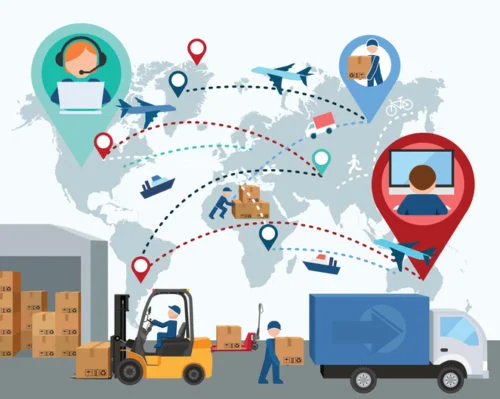 Development of fleet and route management, use of codes for different processes, progress in traceability systems, product delivery notifications, progress in performance indicators.
Development of fleet and route management, use of codes for different processes, progress in traceability systems, product delivery notifications, progress in performance indicators. -
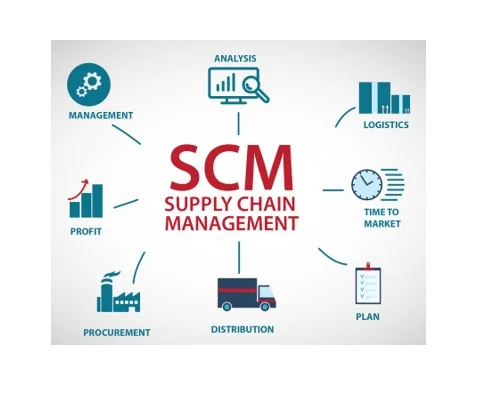 Strategies are incorporated to:
Strategies are incorporated to:
-Information technology
-Marketing
-Strategic Planning -
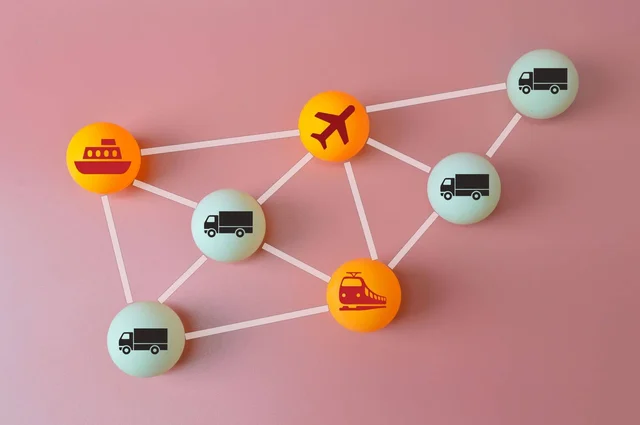 The integration of the logistics function throughout the supply channel, being the integration and coordination between all the companies in the supply channel (suppliers, manufacturers, distributors, logistics operators, customers) in the planning and management of all the activities necessary to put the product available to the customer.
The integration of the logistics function throughout the supply channel, being the integration and coordination between all the companies in the supply channel (suppliers, manufacturers, distributors, logistics operators, customers) in the planning and management of all the activities necessary to put the product available to the customer. -
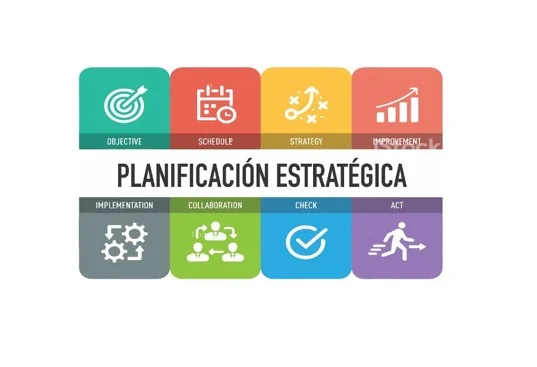 A chain of suppliers, producers and distributors is established that goes from the collection of raw materials to the final consumer, using not only outsourcing and just in time, but also developing a commitment from all those who form this chain to generate a economic production if not with a certain added value.
A chain of suppliers, producers and distributors is established that goes from the collection of raw materials to the final consumer, using not only outsourcing and just in time, but also developing a commitment from all those who form this chain to generate a economic production if not with a certain added value. -
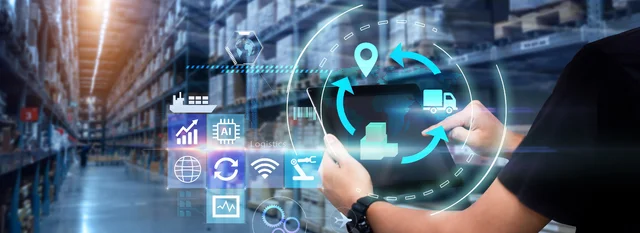
- Emerging tecnologies (AI, Cloud, Blockchain, etc).
- Change management
- Digital competencies
-
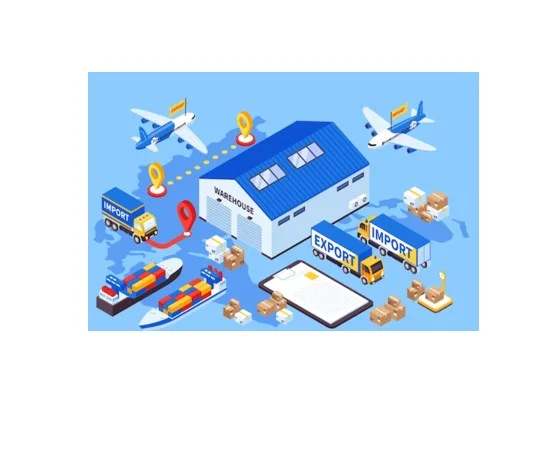 Companies understand that logistics provides a competitive advantage to their products and processes, which is key to their growth and positioning in a competitive market. It takes into account strategic customers, connects a chain of suppliers, producers and distributors from the collection of raw materials to the final consumer.
Companies understand that logistics provides a competitive advantage to their products and processes, which is key to their growth and positioning in a competitive market. It takes into account strategic customers, connects a chain of suppliers, producers and distributors from the collection of raw materials to the final consumer.